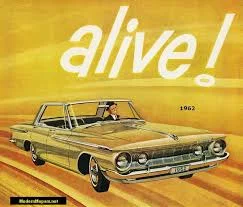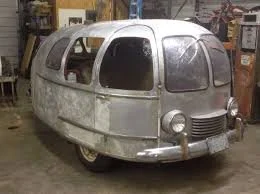Working on this website for 5 years now, it is a treat every now and then to discover a Make that Didn’t Make It that I’d never heard of. Today that would be the Momo Mirage.
In 1968, New York real estate developer and certifiable car guy, Peter Kalikow, teamed up with Alfred Momo, who once managed Briggs Cunningham’s race team, and was now a Jaguar distributor. Together formed the Momo Corporation in order to make this exotic GT coupe. They hired American designer Gene Garfinkle of the Raymond Lowey Studio in New York to design the Mirage’s muscularly elegant shape. But in order to give the car proper cred in the world of automotive finery they decided the car needed to be built in Italy. The chassis was designed by a moonlighting Maserati engineer named Giulio Alfieri, and fabricated by the well-known Formula Junior designer, Vittorio Stranguelli. Meanwhile Carrozzeria Frua in Turin was called on to produce the bodies. For power, however, the only logical choice was Chevrolet’s marvelous 350 cubic inch LT-1 V8 that pumped out 300 highly reliable horspower. The final assembly was done stateside in Queens, New York.
The production ready Mirage made its debut at the 1972 New York International Auto Show where the sumtous coupe created guite a stir. The plan was to sell 25 of them at $12,000 a piece, with plans for another 250 the following year. Italy, however, was a turbulent place in the early 1970s. Labor unrest, materials shortages and rampant inflation caused the expected production cost of $7650 to baloon over $20,000. With their business plan shattered, Kalikow and Momo were forced to abandon their dream.
Five cars are known to have been completed, with a 6th left in Turin unfinished. This car was thought to have later been completed by the carrozzeria and sold. Three of the finished cars are owned by Peter Kalikow, one of which has been restored to concours condition. A forth Mirage was purchased by General Motors at the direction to design chief, Bill Mitchell - a man who knows a beautiful design when he sees one. The fifth was destroyed in a fire. An additional 3 chassis are also said to have been completed by Stranguelli. Their fate, along with that of the unfinished car, remains a mirage.
Copyright@2023 by Mal Pearson










